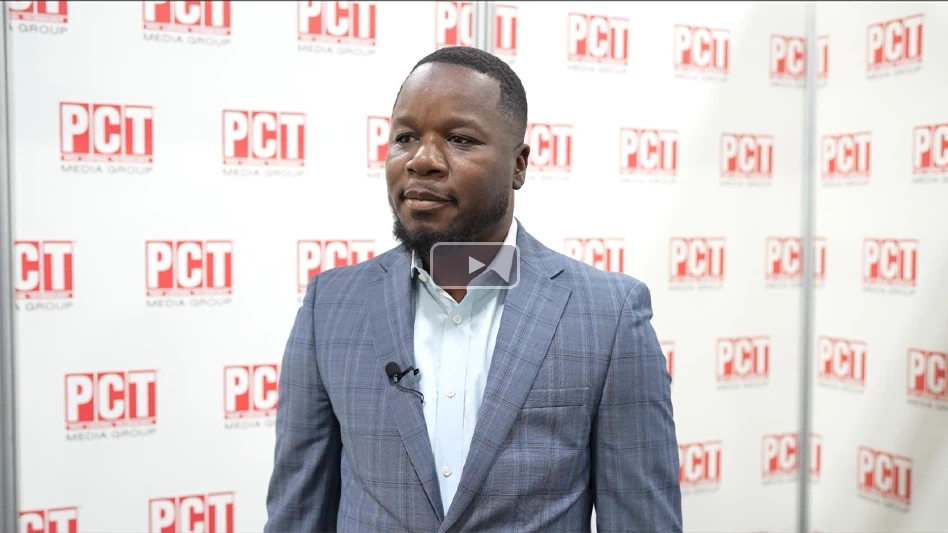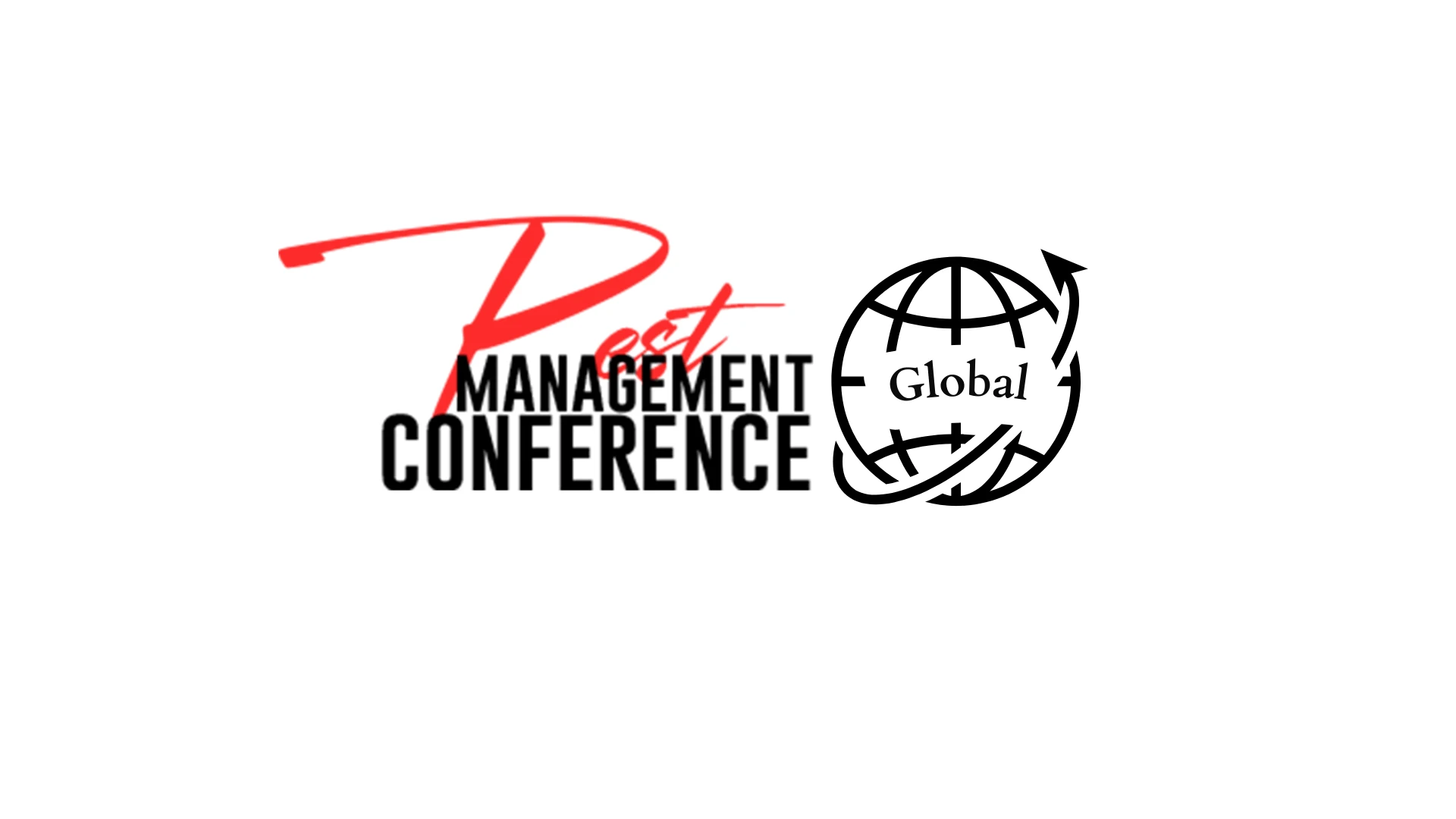Today, the average tenure for workers age 25 to 34 years is 2.8 years and 52 percent of 20 to 24 year olds stay at a job for less than one year (source: U.S. Bureau of Labor Statistics).
Savvy employers recognize that changes of the past decade have fundamentally altered the workplace and call for a new relationship between employers and employees. In this age of diminishing loyalty, how can organizations retain talented workers? One thing is certain, traditional rules do not apply. You must begin to think out of the box.
• Treat your employees like real business partners. Promote entrepreneurial vision by allowing employees to make decisions that impact the business.
• Maximize job functions. Challenge employees constantly. Once boredom and mediocrity set in, their resume goes on the Web.
• Meet or exceed standard needs. Provide resources that enable superior job performance. If an employee spends 70 percent of the time writing, invest in current computer technology.
• Include tangible rewards. Sign-on and tenure bonuses are excellent, but must be followed by ongoing buy-in mechanisms. Remember, an employee will only give loyalty to the degree he or she feels loyalty is given.
• Promote a continuous learning curve. Employee development must be a never-ending process of education and training. If conducted properly, education becomes an asset, not a cost. Keep employees involved in industry trends and changes. The more immersed they are in the business, the more likely they are to commit.
• Provide a road map to success. Clearly define the path to professional growth and development. Create programs for internal certification or promotions. Upgrade training for managers and employees. Initiate people immediately upon hire by means of unique, interesting and state-of-the-art training.
• Communicate continually by means of an employee handbook, personal notes, meetings and training sessions. Instill culture, mission and philosophy every day. Consider an annual opinion survey to "take the temperature of the workplace."
• Explore ways to customize the workplace. Offer a variety of benefits employees can pick and choose from and, whenever possible, be more flexible! With several generations in the workplace, you’ll find that some want more time off and others want a cappuccino machine at work.
• Make employees feel like part of the family. Send birthday cards, remember employment anniversaries and other significant events in their lives.
• Review your compensation and benefits programs NOW! Total compensation must be competitive in today’s market. Gather reliable market data and update your ranges, if necessary. Review your benefits package. While your benefits may be generous, they may be outdated. For example, sick time is being replaced by "personal time off" (and more of it) so employees can take "mental health days" or care for their sick pet (believe it or not).
• Ensure managers have year 2000 leadership skills. Managers in the new millennium need more facilitation, negotiation and coordination abilities than ever before.
One thing is abundantly clear from studies in organizational development — loyalty isn’t something you can buy — not for the long term, anyway. Money alone rarely keeps employees motivated and deeply committed. You must start by hiring the right person and then develop a culture of trust, enthusiasm and challenges. Support the system with strong leadership and innovative programs and future success is imminent!
The author is president of the Winter Park, Fla., consulting firm, Seawright & Associates, Inc. She can be reached at 407/645-2433 or jseawright@pctonline.com.

Explore the May 2000 Issue
Check out more from this issue and find your next story to read.
Latest from Pest Control Technology
- The Evolving World of Electronic Rodent Monitoring
- Back-to-basics Approach for Cockroach Control
- PPMA Encourages PMPs to Take Part in Termite Awareness Week
- Moneypenny is a Provider of Virtual Receptionists
- Video: Top 10 PCT Photo Contest Finalists
- Massey Services Expands with Southeast Commercial Region
- Pest Management Foundation Announces Kevin J. Burns Scholarship
- How to Identify Clover Mites





